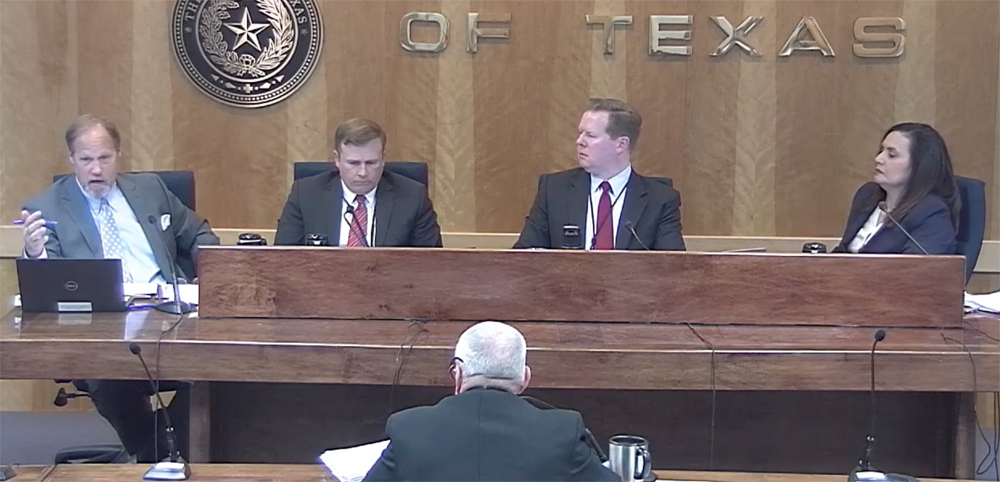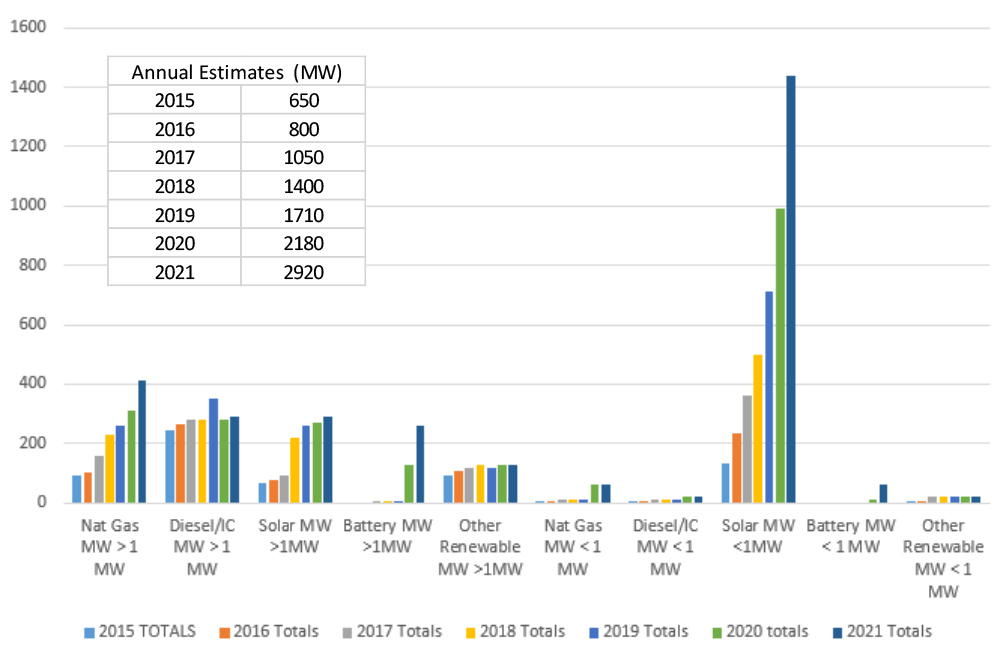The key to minimizing the environmental impact of running transmission lines from New Jersey’s offshore wind projects to the onshore grid will be collaboration and coordination between developers to tie several projects to the same cable ashore, speakers told a state Board of Public Utilities (BPU) hearing Monday.
The suggestion emerged at the third of four hearings into the proposals submitted under FERC Order 1000’s State Agreement Approach (SAA), a solicitation process conducted by New Jersey with PJM in which 13 developers have offered 80 suggestions on how to upgrade the grid to handle the future wind-generated power.
The hearing focused on environmental and permitting issues that are expected to surface in the development of an enhanced transmission system, including the sensitive issue of how to secure public support for the projects and curb opposition. In New Jersey, some elements in the tourism and fishing sectors — and local residents near to where cables from the offshore wind turbines would come ashore — all oppose the projects.
Jeff Nield, an environmental consultant, told the hearing that a system that tied several projects to a single corridor of HVDC cables would be preferable to several projects each running their own line ashore and creating “multiple cable landfall locations.” Tying several projects to cables following the same route, and using a common substation location, would minimize the “overall environmental footprint,” reducing the sea floor disturbance and disruption of neighborhoods when the cable comes on land, he said.
Nield represents developer Mid-Atlantic Offshore Development (MAOD), which submitted three proposed cable routes. It is a joint venture between EDF Renewables North America and Shell New Energies US, who also partnered to submit the proposal for Atlantic Shores, one of New Jersey’s approved offshore wind projects.
A single-cable corridor, Nield said, would benefit from using HVDC technology, which is able to “transmit more electricity from offshore wind projects through fewer circuits occupying less area offshore and on land.” And a “coordinated transmission solution can also decrease the potential conflicts with other resource users,” he added, citing the example of the impact on shipping.
“This equates to fewer potential conflicts with shipping because cables are routed in one well sited corridor, and it minimizes the areas that conflicts can occur with commercial and recreational fishing,” he said.
That reduction in disruption also could make for a smoother passage for the transmission project through the environmental process, said Michael Sole, vice president of environmental services at NextEra Energy, which submitted several proposals for routes.
“The key thing is fewer environmental impacts means lower permitting risks,” said Sole, who displayed a presentation slide that showed a project with a single trunk line linking four wind areas and a project with several cables coming from the wind areas and only joining together in a single collector station closer to the shore.
The single-trunk line “minimizes the footprint and impact of cable routes coming in onshore as compared to an alternative solution where if every wind developer had to bring a landing into the shore,” he said. “So, the question of a coordinated transmission approach is: Can it be done efficiently with an offshore wind development? And the short answer is: absolutely.”
Fishermen Doubts
The forum followed two earlier hearings that focused on the proposals submitted and the BPU’s evaluation process, and how they would be integrated into the existing grid. The BPU expects to decide on the proposals in October.
New Jersey, with a mandate from Gov. Phil Murphy that it reach 100% clean energy by 2050, see its growing offshore wind sector as a key element in the effort and has set a goal of 7.5 GW from the sector. The state has so far approved three offshore wind projects — the 1,100-MW Ocean Wind and 1,148-MW Ocean Wind II, and the 1,510-MW Atlantic Shores — in two solicitations, with three more solicitations expected to be awarded by 2027 and in operation by 2033.
The first three projects included plans to bring the energy ashore. But the BPU, through the SAA process, is looking for a more efficient way to do that for future projects.
In presenting the problem to potential developers, the board sketched out three general proposals for the transmission elements that could be addressed, including the upgrades needed. The proposals also included an “offshore transmission backbone” that would run parallel to the coast and provide a connecting strip to receive the energy from the wind farms and pass it on to cables headed for the shore. (See Fierce Competition in Plans to Upgrade NJ Grid.)
The potential disruption of marine life and in the coastal communities through which any cable would pass through is among the most sensitive faced by the offshore wind projects. Ocean Wind is facing vigorous opposition in the tourist town of Ocean City in South Jersey, through which the cable would pass as it goes to a now closed coal-fired power plant in neighboring Upper Township. (See Ørsted NJ Wind Project Faces Local Opposition.)
Commercial fishermen, who are among the most vigorous opponents of the wind projects, fear that the projects will damage habitats, perhaps scaring fish away from long-time fishing areas, and that it will be dangerous to fish around the turbines. Fishing representatives say the combination of the weight of the fishing nets and the impact of the waves, wind and tides passing through rows of turbines can make it difficult and dangerous to maneuver a fishing vessel. (See Fishing Industry Concerned About NY Bight OSW Plan.)
Scot Mackey, a lobbyist for Garden State Seafood Association, a 1,200-member industry group that represents fishers of scallop, clam and other fish, commended the BPU and state Department of Environmental Protection (DEP) for “trying to play catch up with this issue.” But he added that the impact of the cable and transmission infrastructure should have been addressed before.
“We are greatly concerned about the impact of transmission,” he told the hearing. “We support minimizing the number of cables in the greatest possible way to minimize the impact on commercial fishing, most of which is done via bottom [and] midwater trawl pulling large structures through this environment.
“We are greatly concerned with the size, scope and cumulative effects of such huge projects in such a short period of time being proposed off our coast, in prime fishing grounds,” he said.
Zachary Klein, a policy attorney for Clean Ocean Action, also questioned the pace at which the offshore development is unfolding.
“Given the seriousness of the risks at play, it seems more responsible to start with a pilot-scale offshore wind development in the mid-Atlantic to minimize the impacts of bringing energy onshore while we figure out how to do so most responsibly, in greater volume,” he said.
“I just urge that the approach to minimizing these impacts not be looked at so rigidly,” he added. “And that if necessary or appropriate, we take a step back, and consider that maybe reducing or not jumping to rapid industrial development might help ensure that this interconnection with the grid can be done in the most responsible way possible.”

